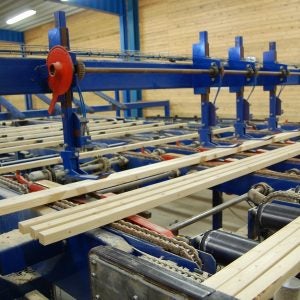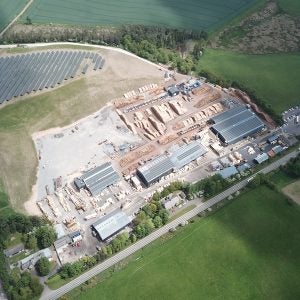FSC’s Global Market Survey says secondary wood processors/manufacturers were seeing the greatest increase in relevance of FSC certification (out of all the wood-related sectors).
The biggest driver for sourcing certified products is increased environmental awareness of end consumers, with legislation (such as EUTR) cited by just 4.5% of respondents.
A total of 31.8% of respondents said solid wood was the main product they sold, with sawn timber accounting for 10%, logs 5.7%, flooring 2.1%, outdoor furniture 2.2%. Paper was the biggest single product area declared by respondents.
A slim majority of respondents in the sawmilling and secondary processing sectors believed there were sufficient supplies of FSC 100% certified material, with figures increasing for FSC Mixed and FSC Controlled Wood.
FSC reported high demand for certified fibreboard, with FSC already responding by launching a campaign as an incentive for manufacturers to produce more of the certified product.
Doors, windows and modular homes were also important product categories.
A slight majority says demand for FSC-certified timber is staying at the same level, while demand growth is evident in the panels sector.
FSC also asked certificate holders of their situation in regard to the EU Timber Regulation.A total of 371 European respondents said they were an "operator" according to the EUTR, with 1,696 saying they were a "trader" with less onerous compliance requirements.
FSC-certified forests in Europe now make up 43.04% of the total certified area, while the figures for other regions are North America (40.7%), Asia (3.29%), South America and the Caribbean (7%), and Africa (4.26%).






